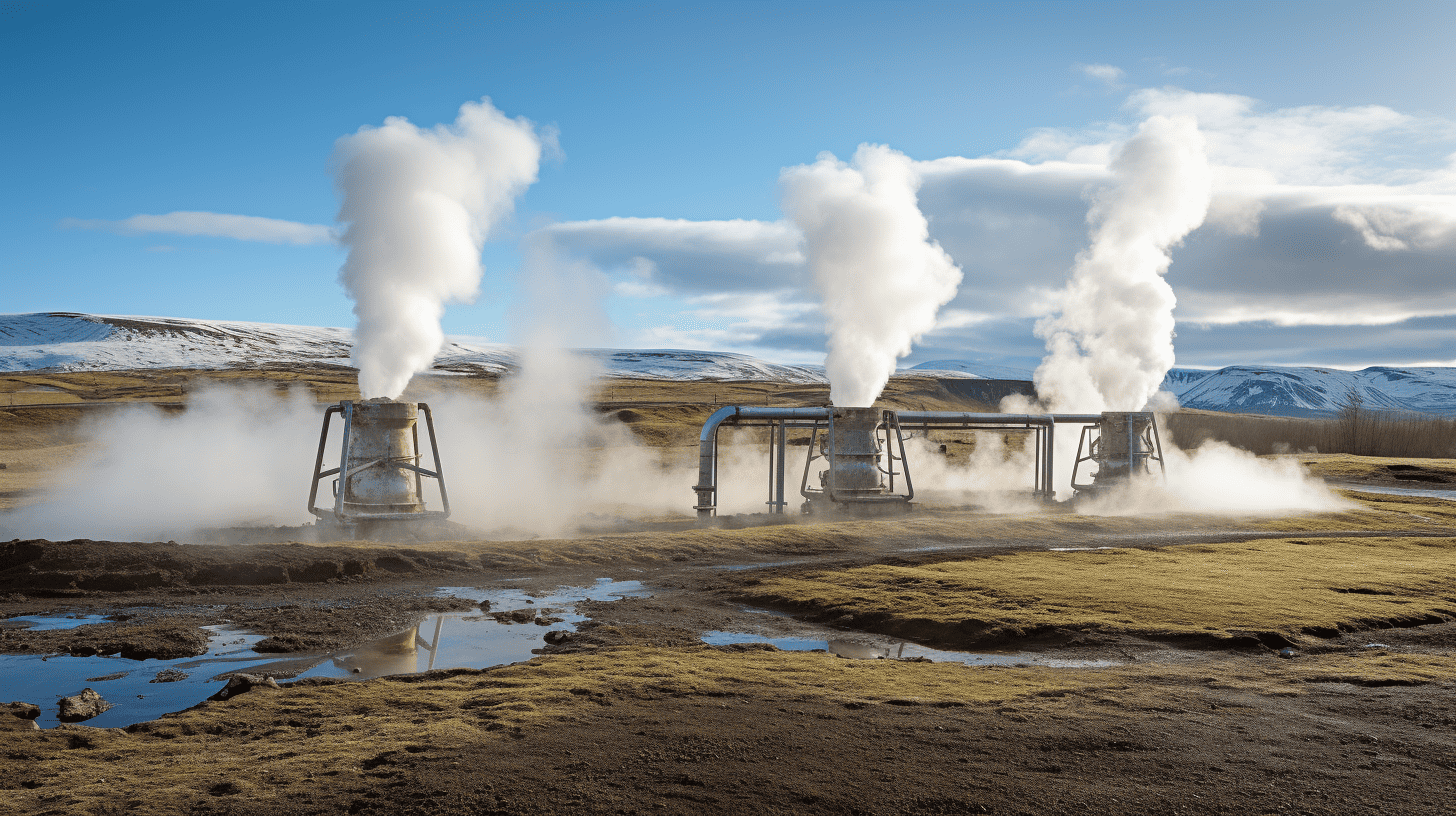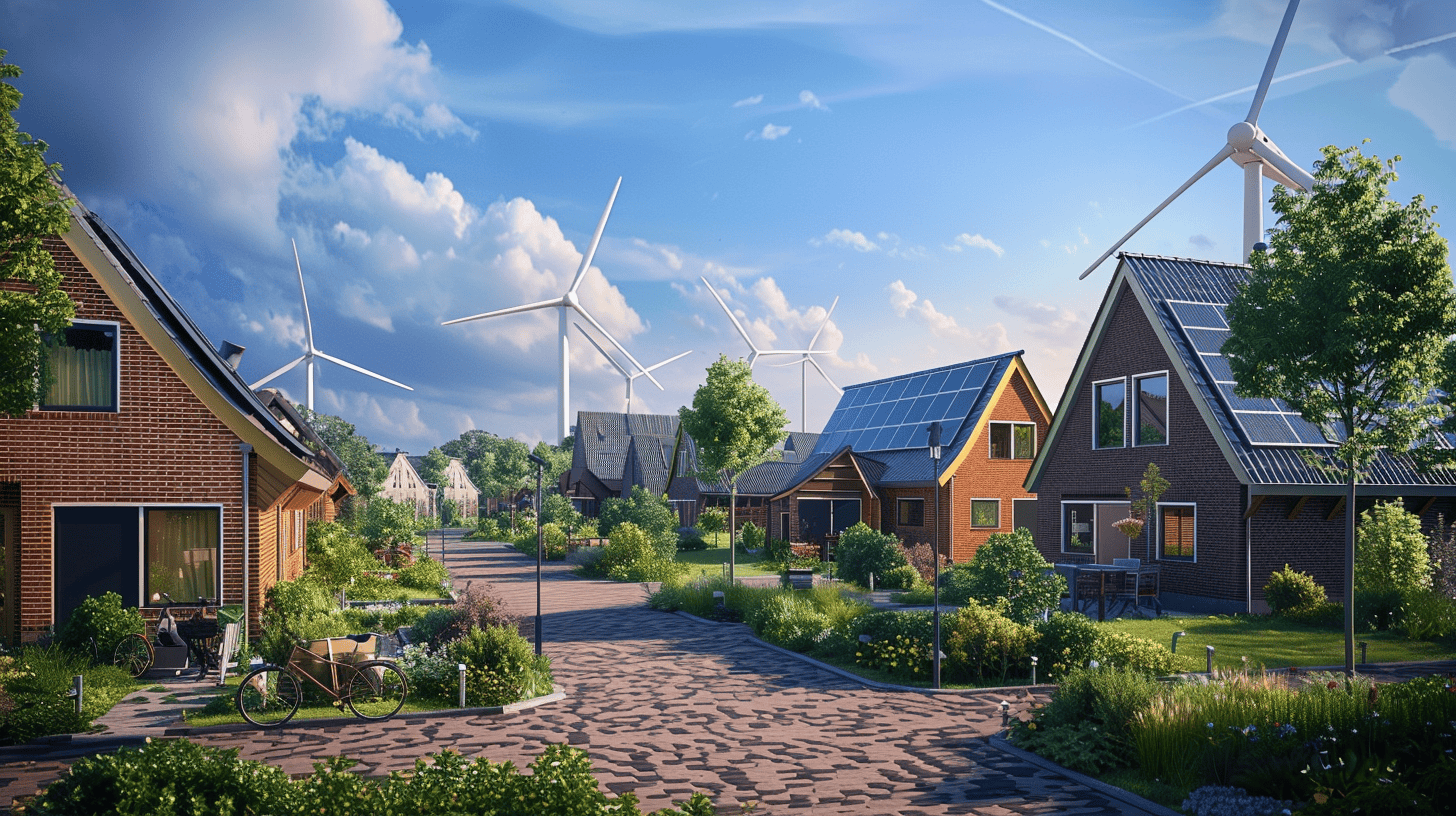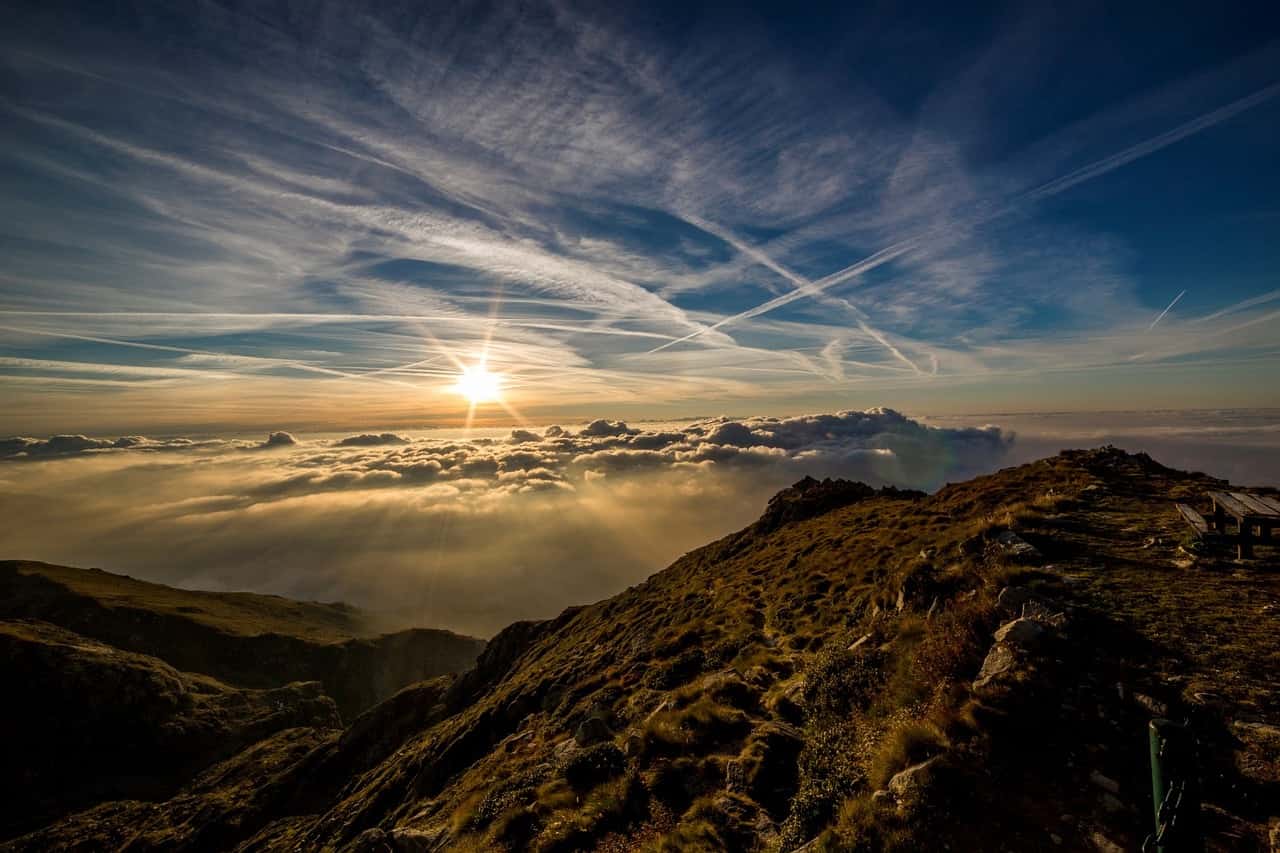
In 2022, heat record after heat record fell. The earth warmed 1.2 degrees and large areas in India, Pakistan, and China, but also southern Europe became unlivable last summer. In this context, the term “climate engineering” falls increasingly. Should the Dutch government invest in research into technologies that can stop and even reverse climate change?
Climate engineering is an umbrella term for all the techniques and methods man develops to intervene in the climate system to cool the earth. Within this sector, there are two main streams: solar radiation control and removing CO2 from the atmosphere.
Offsetting CO2 emissions for a fee
Sounds like a dream, but that’s not entirely true. For example, during a huge heat wave in China last year, attempts were made to shoot water out of the clouds via an iodine-like substance that they bring into the clouds with airplanes. The idea is that droplets attach to this substance with an ice-like structure, so the droplets attach to the substance, grow larger and fall down.
Or the American start-up Make Sunsets. They released three balloons filled with helium and sulfur dioxide on Feb. 23, with the goal of cooling the earth. The balloons pop high in the stratosphere, where the sun-reflecting sulfur dioxide disperses, cooling the earth (a very small) bit. Small detail; the start-up does this for a fee, so customers can offset their CO2 emissions.
Climate engineering as an excuse
It touches on the main counterargument. Geoengineering as an excuse to emit fossil fuels and adopt less stringent climate policies. Hundreds of scientists recently signed a plea for an international non-use agreement. The group believes that anything related to geo-engineering should be barred.
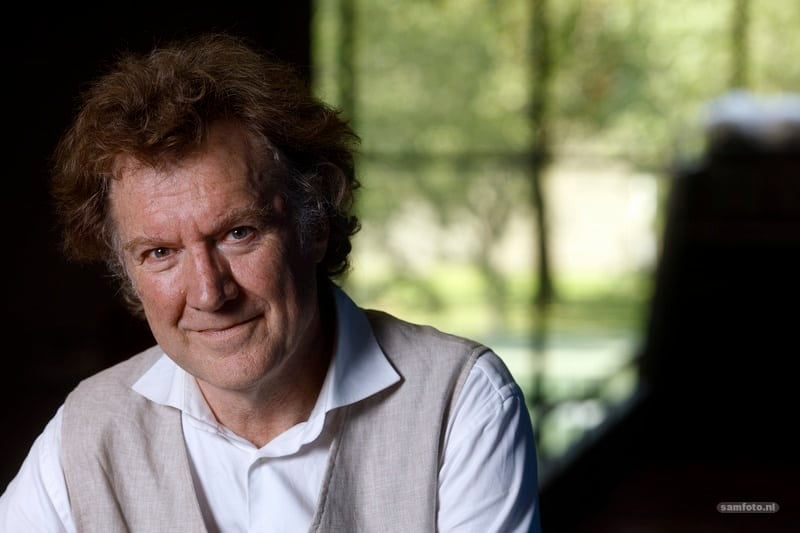
Herman Russchenberg is professor of Atmospheric Remote Sensing at TU Delft and heads the university’s Climate Institute. He thinks’s it’s good that there is a public debate going on, as long as it’s based on facts. “Not based on a gut feeling that says: this is scary and exciting. Climate engineering is not a solution to the problem. It is an emergency tool that we can use to compensate for climate policy failures in 15 to 20 years, when the water is really on our lips. It would be short-sighted not to explore the options.”
‘Games of the rich’
The professor believes that the managerial side needs to be carefully considered. So an important question is how to organize it in a fair way.
“There should be more rules, so that it does not become a toy of the rich. That a group of cowboys in the U.S. are going to offset CO2 emissions with sulfur dioxide for a fee, I think is madness. It is very important that there is no commercial interest. The only right interest is: cooling the earth and helping people. Not: making money with cooling credits.”
To argue for more rules and initiative from the EU, he visited the European Parliament last week. The EU should take a stronger role, the professor believes, but many governments are very reluctant. “Especially then commercial parties jump into that gap. I shouldn’t think, for example, of Elon Musk becoming the leading figure. Then you get an uncontrollable situation.”
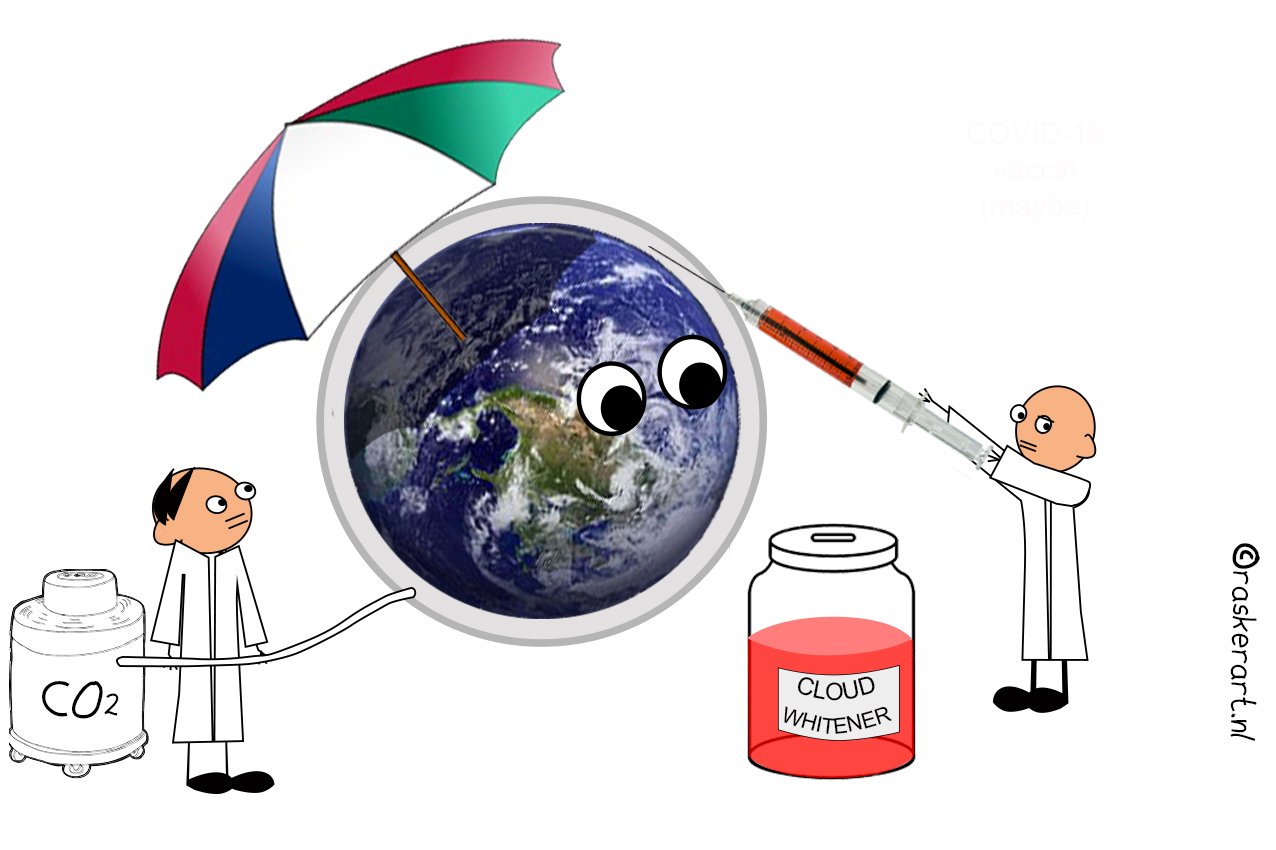
Whitening clouds
Early this year, TU Delft started a six-year research project with the University of Cambridge. The universities are looking at how to make clouds whiter so that they can reflect more sunlight. In the native climate, clouds have a strong cooling effect because they reflect sunlight. But, due to global warming and the amount of CO2 floating in the atmosphere, that cooling effect is diminishing.
“Each cloud droplet in the atmosphere has formed around a small dust particle. That’s how the physics of cloud formation works. So more dust means more cloud droplets, more clouds and more reflection.”
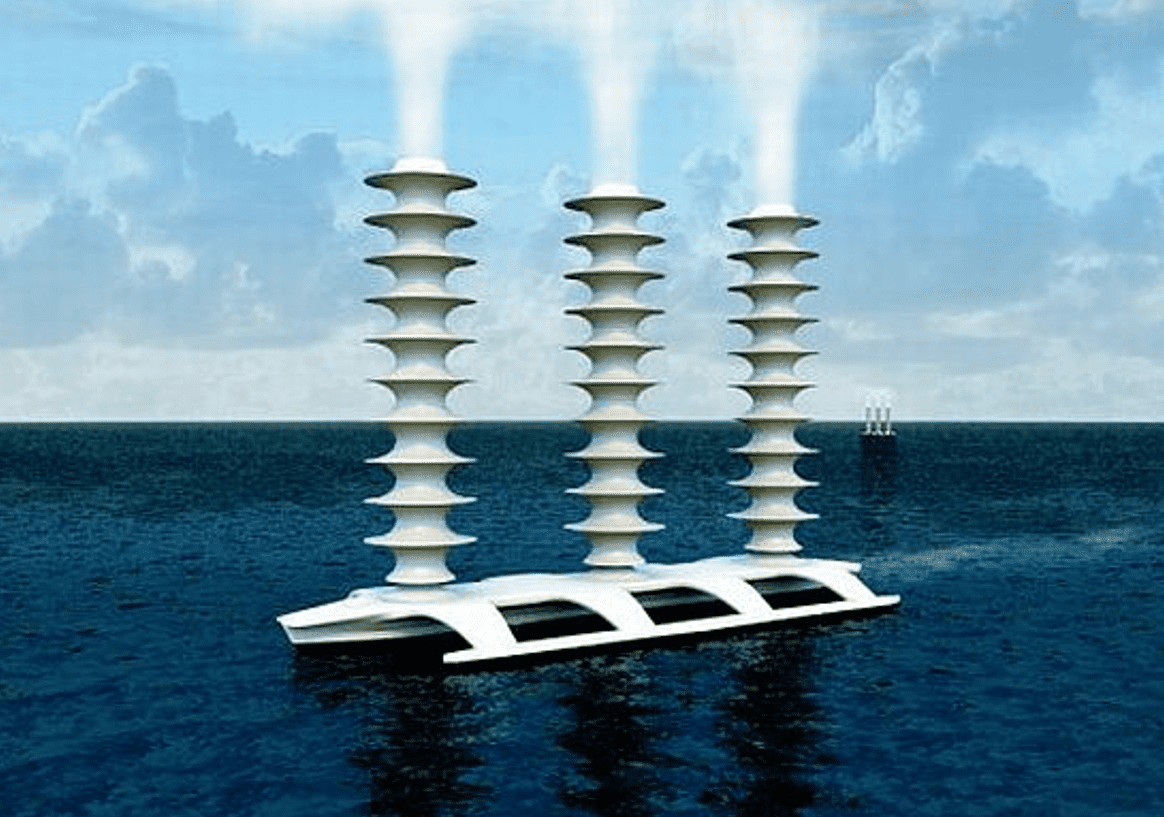
One dust particle that lends itself well to this is salt crystal. In Cambridge, they are developing techniques to atomize seawater. “Clouds often hang above the sea at a height of a few hundred meters. When the salt crystals reach that height, new droplets are created. You should have ships that continuously pump water, atomize it, blow it into the air and thus influence the clouds.”
In Delft, they are looking at the effects of this technique on clouds and the climate. So: what happens to cloud droplets? Does the interaction with solar radiation change? And how does this technology translate to large areas?
For a global effect, the technique should be performed in strategic locations where there are many cloud fields, such as off the coast of California and Chile, or in the South Atlantic near Namibia. But, locally affecting clouds is also an option. “Over the Arctic, for example. So you can make it cool locally there, so the ice can grow back. Or locally near India or Pakistan, if there is a heat wave there.”
If science and governments get their act together, the technology could be put into practice within a decade, Russchenberg believes. “It doesn’t look like that’s going to happen. The subject raises many moral questions. Let one thing be clear: the technology we are working on should never be an excuse to take climate agreements and policies less seriously. But, it does matter to have options if climate policy continues to fail.”






